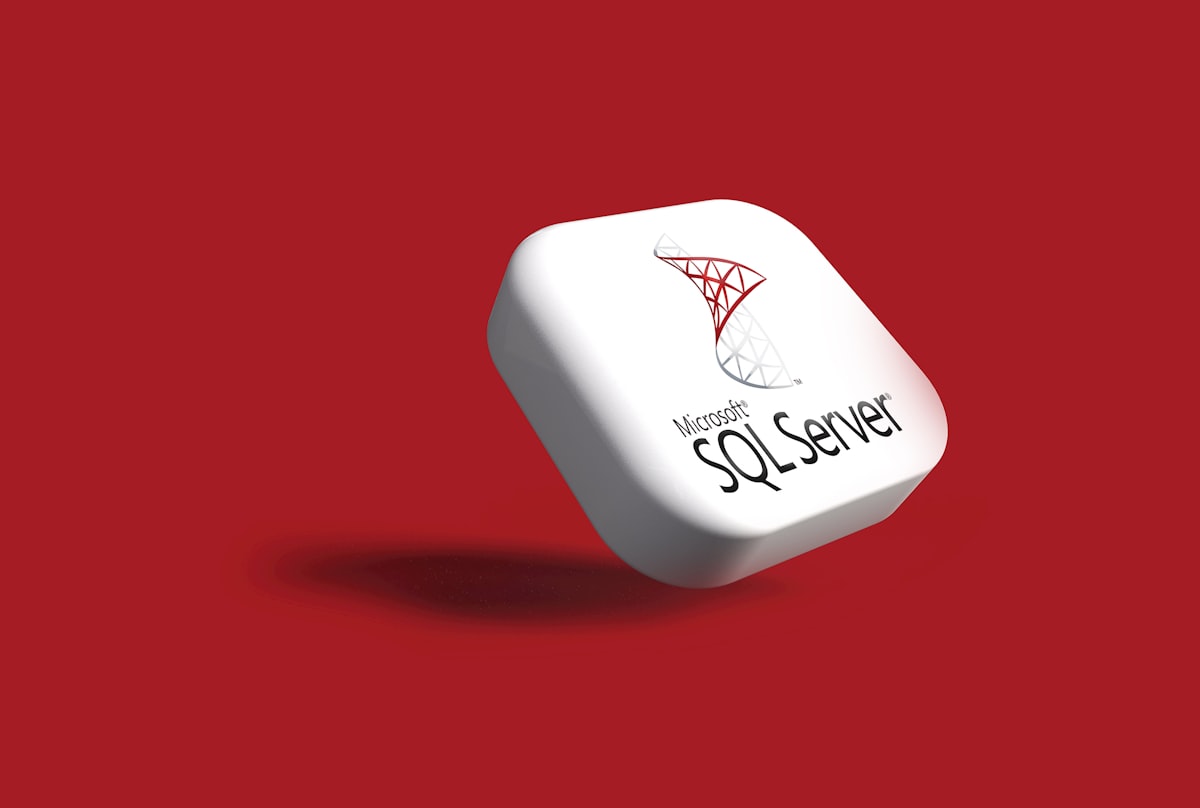MySQL for Beginners: A Step-by-Step Guide to Relational Databases

MySQL for Beginners: A Step-by-Step Guide to Relational Databases
Relational databases are an essential part of modern software development. They provide a powerful and flexible way to store and manage data. MySQL is one of the most popular database management systems, used by millions of developers and businesses around the world. This guide will provide an introduction to MySQL and help you get started using relational databases.
Introduction
MySQL is an open source database management system developed by Oracle. It is a popular choice for web-based applications, and is used by many of the world’s largest websites, including Facebook and Twitter. MySQL is a relational database system, meaning it stores data in tables that are related to each other. The relationships between the tables are defined by the user and are used to create complex queries and reports.
Getting Started with MySQL
The first step in getting started with MySQL is to download and install the software. MySQL can be downloaded for free from the official website. Once downloaded, the installation process is straightforward and will install the MySQL server, command line tools and other components.
After installation, the next step is to create a database. This is done using the “CREATE DATABASE” command. This command takes the name of the database as a parameter and creates the database in the data directory. After the database is created, tables can be created using the “CREATE TABLE” command. This command takes the name of the table and the columns and their data types as parameters.
Working with Data in MySQL
Once the database and tables are created, data can be inserted into the tables using the “INSERT INTO” command. This command takes the table name and the data to be inserted as parameters. After the data is inserted, it can be retrieved using the “SELECT” command. This command takes the columns and conditions as parameters and returns the matching rows.
Data in the tables can also be updated and deleted using the “UPDATE” and “DELETE” commands respectively. The “UPDATE” command takes the table name, columns and values to be updated as parameters, while the “DELETE” command takes the table name and conditions as parameters.
Advanced Features of MySQL
MySQL also provides a number of advanced features that can be used to query and manipulate data in more powerful ways. Joins allow data to be retrieved from multiple tables in a single query. Aggregate functions, such as COUNT and SUM, allow data to be grouped and summarized. Stored procedures can be used to create complex logic that can be used to query and update data.
Conclusion
MySQL is a powerful and flexible database management system that is used by millions of developers and businesses around the world. It is easy to get started with, and provides a wide range of features for managing data. By taking advantage of these features, developers can create powerful and efficient applications that make use of relational databases.
The benefits of using MySQL are numerous. It is easy to use, free to download, and provides powerful features that can be used to manage data. Additionally, there are a number of resources available to help developers get started with MySQL, including tutorials, books and online courses.
If you are looking to get started with MySQL and relational databases, this guide is a great place to start. By following the steps outlined here, you can quickly become familiar with the basics of MySQL and begin using it to create powerful and efficient applications.
Good luck!
